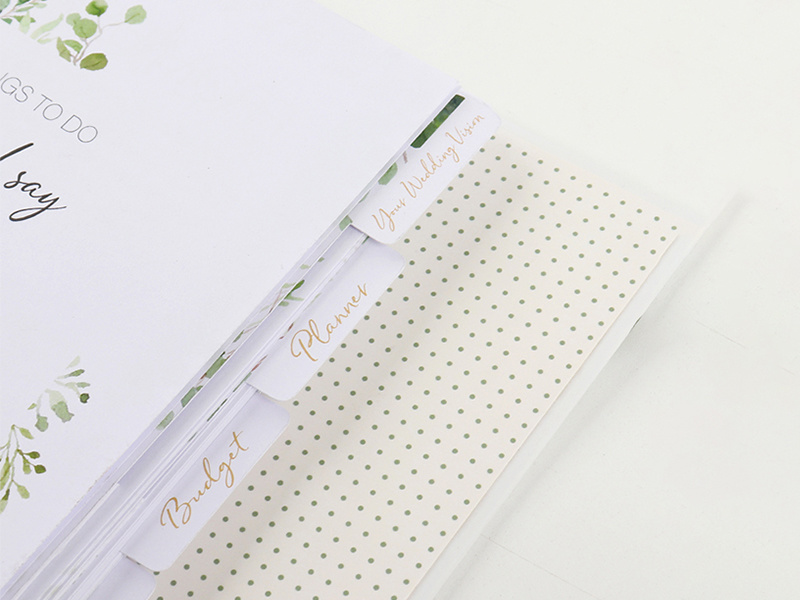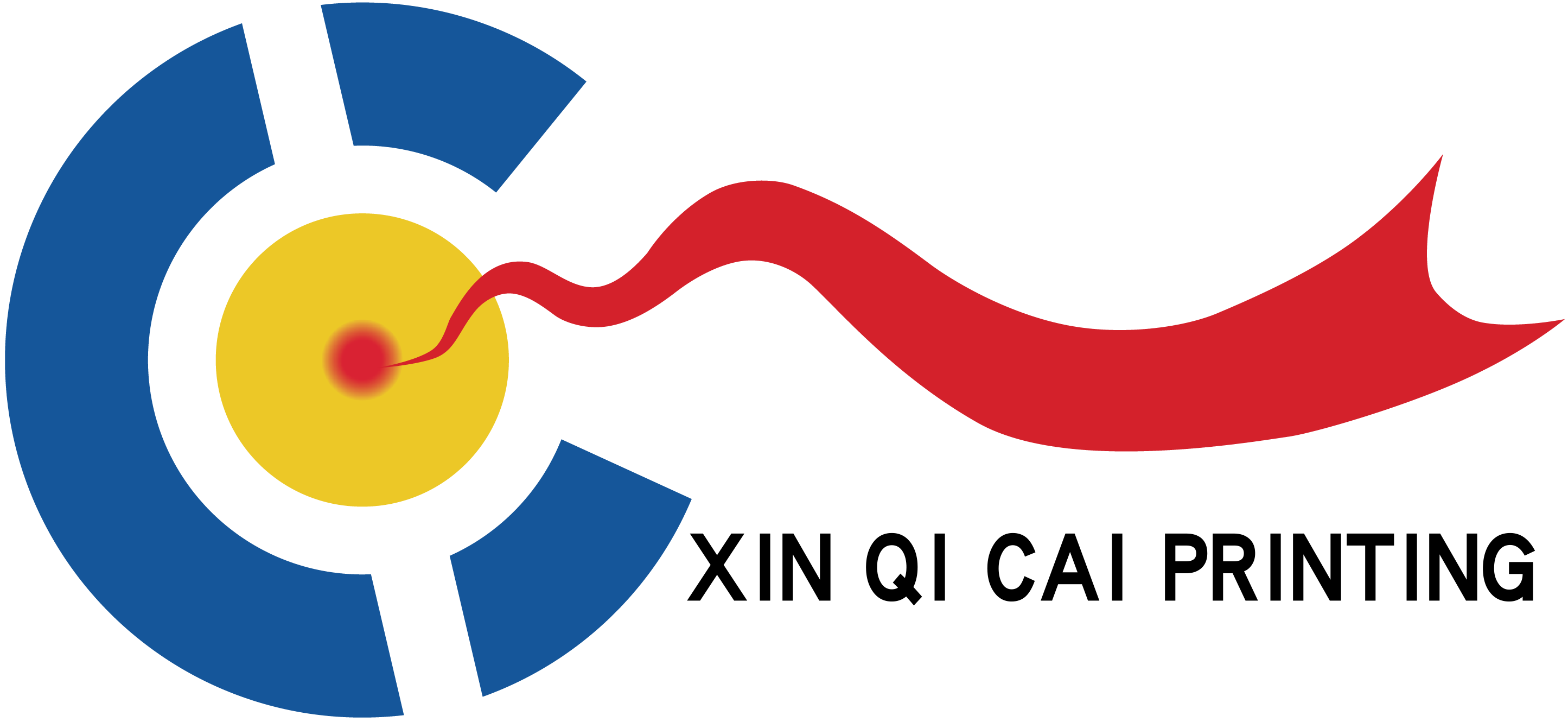Innovation in Notebook Applications, Rise of Interactive Design in Education
Through innovative designs such as erasable paper and AR (Augmented Reality), notebooks have realized a closed loop of "writing-scanning-interactive learning" in K12 education, serving as a bridge between paper writing and digital education and promoting diversification of teaching scenarios.
Aug 20,2025

In the digital transformation of education, the notebook is no longer a mere writing vehicle, but a learning tool that redefines the classroom experience through interactive design and the integration of ‘paper + digital’.
The core innovation is the combination of erasable technology and AR. The notebook adopts special thermal paper, and after writing with a special pen, the writing can be removed by friction and heating (e.g. rubbing with the end of the pen), which can be reused more than 500 times, and a single notebook can replace 50 traditional exercise books, which significantly reduces the consumption of paper. What's more, the notebook page is printed with an invisible location code, after scanning with a mobile phone, the written content can be synchronised to the cloud, teachers can view students' work through the background, and AR courseware can be triggered - for example, 3D geometric models are scanned next to mathematical problems, and English words are displayed with pronunciation animation, turning static notes into dynamic learning scenarios.
In terms of production process, interactive notebooks need to take into account the writing experience and digital adaptation. The surface of thermal paper is micro-coated to ensure that the smoothness of writing is close to ordinary paper, while not affecting the scanning recognition; the positioning code is printed with invisible ink, invisible to the naked eye, to avoid interference with reading, and water-resistant, friction-resistant to ensure that it can still be recognised after long-term use. Data from an experimental school shows that the use of interactive notebooks has increased the efficiency of students' homework submission by 40% and the revision rate of wrong questions by 25%.
The application scene extends from the classroom to the home. After students complete exercises at home, parents can scan the notes to view the analysis of knowledge points, to achieve ‘instant tutoring’; holiday travel, use the notebook to record insights, scanning to generate an electronic travelogue, support the addition of photos, voice, so that the writing is more interesting.
In the future, interactive notebooks will incorporate more sensors, such as pressure-sensitive pens (to record writing strength and analyse writing habits) and NFC chips (to unlock exclusive learning resources with a touch), further blurring the boundaries between paper and digital, and becoming a core tool for personalised learning.





